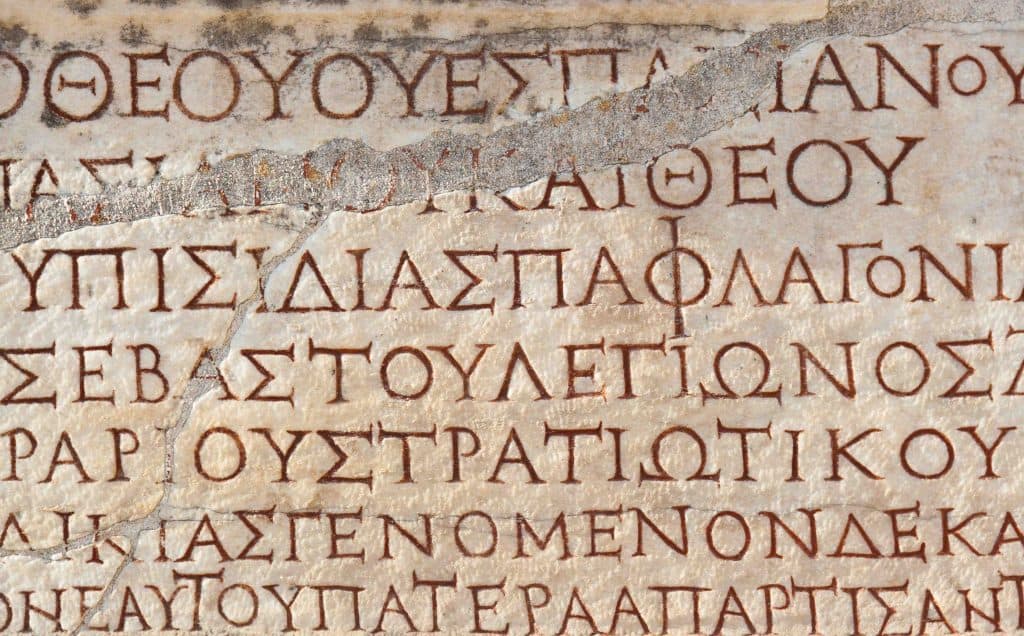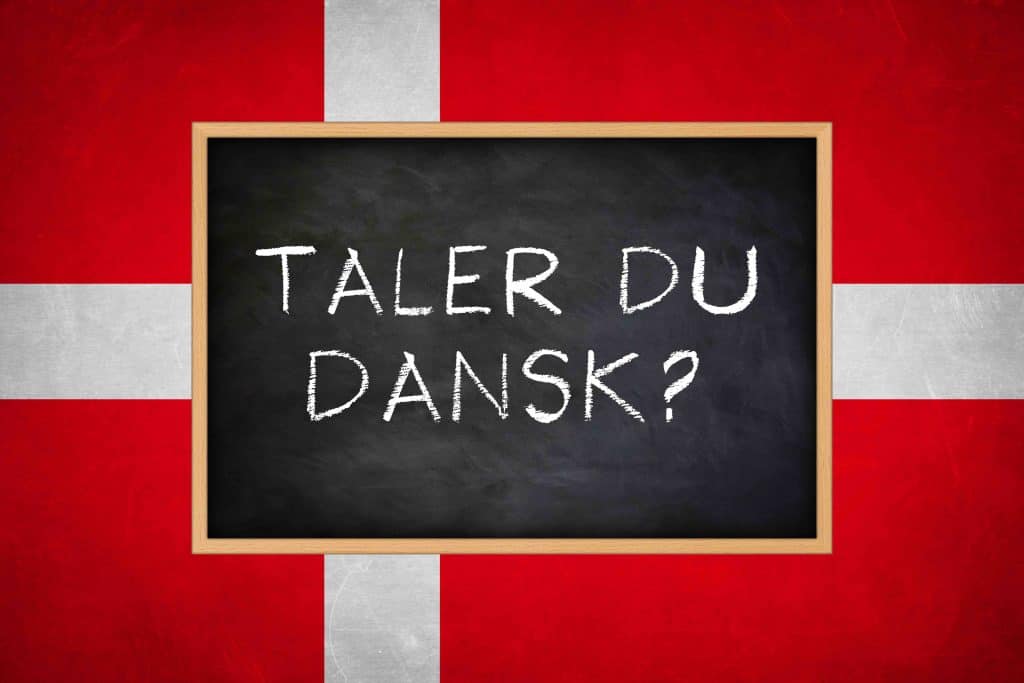
In this list of dead languages, we discuss not only their use but our overall way of communication. Do you ever find it frustrating when there’s this really interesting article, but it’s in a language that you don’t understand? We think it’s fair to say that we’ve all been through a communication gap. Especially when we talk to other people who speak different languages. There’s also this fascination of hearing someone speak their native tongue. While watching a foreign movie, you may even mutter, “what language is this? It sounds so nice to hear.”
How many languages are there in the world? According to the Linguistic Society of America, there are about 6,909 languages on Earth. How cool is that? What about the oldest language still spoken? Tamil. What modern language is being used the longest? It’s Modern Greek. This train of thought could be the reason you’re here. It’s also possible you’re just interested in dead languages. You’re not the only one, we assure you.
We can go through an extensive language list that includes the old languages, the rare languages, and the dying language. It would become a complete mess of open tabs and books lying about your floor, though. Thankfully, we’ve gathered a list of dead languages for you. It also includes those which are nearing extinction.
Dead Languages and Their Relationship With Extinct and Endangered Ones
What does the root word extinct mean? Oxford Dictionary defines extinct as having no more living members or no longer in existence. Examples of extinct creatures are dinosaurs. The meaning also applies to our fallen forms of communication. An extinct language does not have any other surviving communities speaking it, causing it to fade completely.
Now there are some endangered languages. Endangered, meaning they’re on the threat of extinction. These languages are still spoken but very rarely and usually by a small group of people.
So why is there a difference between a dead language and an extinct language? Both an extinct and dead language no longer have any native speakers. The difference is that dead languages are still being used.
List of Dead Languages
1. Latin

A list of dead languages without Latin is just bad research. Is Latin a dead language? Yes, it is. Latin remains an important part of modern society. It’s used for medical terms and animal classifications. It was the dominant language of the Roman Empire. It influenced French, Italian, and Portuguese. Some countries still use Latin as school mottos.
Another amazing fact is that there are terms today that we use in casual conversations written in Latin. An example would be carpe diem, meaning “seize the day”. You can find this saying in many t-shirts and mugs printed on it. Another one is memento mori, which means “remember, you must die.” While memento may be familiar to you, the word mori is the Latin for death.
The Vatican is the only country that uses Latin as its official language. This is because many holy scriptures are written in Latin. When did Latin die? Reports of it gradually dying out began after the fall of the Roman Empire.
2. Sanskrit

Sanskrit is the oldest language in the world. It died around 600 B.C. However, this doesn’t stop the language from continuing to influence the modern world today. Currently, it is one of India’s official languages. A big reason for this is because most of the ancient scriptures regarding Buddhism, Jainism, and Hinduism were written in its language.
Sanskrit’s fame doesn’t stop there. The dead language is actually a popular study for many students thanks to many philosophical works under it. Vedas was a popular philosopher who wrote in Sanskrit. He specialized in spiritual and medical theories.
3. Ancient Greek

Some of the most famous philosophers in the world like Socrates, Aristotle, Plato, and Homer lived in Ancient Greece. Classical researchers still use this language. Many scientific terminologies, just like the Latin language, are written in Ancient Greek.
The death of this Greek language is special because it didn’t really die. Ancient Greek had transformed. Now Modern Greek is being used as the official language of Greece. Still, the language remains a popular study and is even a subject in elite universities because it influenced modern society. Another interesting fact is that many words from the English language also come from them.
4. Akkadian
Akkad was a Mesopotamian city. It was where the Akkadian language was born. It’s actually the first certified Semitic language. Its writing style was in cuneiform. Mesopotamians, Babylonians, and Chaldeans spoke Akkadian. Because of its inability to evolve through time, the Akkadian language died out. It is important to learn Akkadian if one wishes to learn cuneiform.
5. Biblical Hebrew
The Biblical Hebrew saw its initial demise after the destruction of the Temple of Jerusalem. And it ultimately lost hope of being active again after the Holocaust. While most of the Rabbis during World War 2 had died, the eight thousand word language transformed into Modern Hebrew. It’s also important to note that if one wishes to learn Biblical Hebrew, it would be much simpler than any other dead language.
6. Coptic
The Coptic Language is an Ancient Egyptian language. It’s an Egyptian language written in the Greek alphabet. In fact, it was the last stage of the Ancient Egyptian language before being replaced with Arabic.
It’s considered the first-ever Christian language. It’s also the result of four different languages, Greek, Demotic, Hieratic, and Hieroglyphics. There was a time it was preserved as a religious language, but it ended after 300 years.
7. Aramaic

Jesus Christ spoke the Aramaic language. It was so widely used during its heyday that it became the lingua franca of its time as the primary language. Akkadian language was replaced by the more complex Aramaic language. There are Aramaic speakers, but none from the country it originated from, Aram, which fell to the Assyrians in ancient times. Ironically, despite its destruction, Assyrians even used Aramaic as a second language because of its status as the lingua franca in the Middle East.
The reason for its dying state was the diaspora of its speakers. There was a time that researchers even feared that by the next century, Aramaic would become extinct. Thanks to its historical significance and the written texts that need to be further studied in its language, the Aramaic remains preserved.
8. Old Norse
Vikings were the invaders from the north. They are one of the most historically famous groups in the world and they spoke Old Norse. The death of the Old Norse language was like the Aramaic. Many of their descendants split into various groups and became Icelandic, Norwegian, Swedish, Danish, and Faroese.
Modern English actually uses many Old Norse words such as cake, knife, and berserk. This is because both languages stem from the Germanic family, allowing similarities between the two. An example is their influenced words such as husband, which is derived from hus and bondi. Another example would be Thursday, which was derived from Thor’s day.
9. Old English
As the ancestor of Modern English today, England spoke Old English during the 1100s. There were three genders in Old English: masculine, neuter, and feminine. The famed Old English eventually died and transitioned into a more grammatically correct Middle English.
Another name for Old English is Anglo-Saxon. The Anglo-Saxon also refers to that period of history in England and Wales.
10. Old High German
Old High German was actually a collection of dialects from Austria, Germany, and Switzerland. There were Upper High German dialects such as Franconian, Alemannic, and Bavarian as well. There are many literary works written in this language, mostly religious and philosophical.
List of Endangered Languages
1. Danish

Danish is the official language of Denmark. The country still exists, yes. So, why is their language considered endangered? Just like the Akkadian, the Danish language is having a considerable amount of struggle in developing throughout the changes in time. Danes are now adapting to Modern English, and globalization has now triggered an effect within Denmark. It is proving that using Modern English increases more profit. Fortunately, the Danish government is taking extra steps to prevent its demise.
2. Kalaallisut
If the question “what language do they speak in Greenland?” has ever crossed your mind, the answer is Greenlandic. There are three forms of Greenlandic, West Greenlandic (Kalaallisut), North Greenlandic (Avanersuarmiutut), and East Greenlandic (Tunumiisut).
Kalaallisut comes from Inuit culture, and the Inuits make up most of Greenland’s population. The reason for Kalaallisut being listed here as vulnerable is because of the population. Currently, only seventeen Inuit communities speak Kalaallisut, and all seventeen live in the West of Greenland.
3. Ayapaneco
There’s a lot to unpack if you even consider how many languages are spoken in Mexico. There are 68 official languages, after all. Ayapaneco is a critically endangered language originating from Tabasco, Mexico. It’s also called Ayapa Zoque.
There are only two living native speakers left, however, the speakers Isidro Velasquez and Manuel Segovia refuse to speak to each other. Locals and relatives of the two aren’t sure why. They do admit that they don’t get along well. Velasquez is a homebody, and he remained fluent in Ayapaneco thanks to his brother. The reason for the lack of Ayapaneco native speakers is due to the 20th-century educational reform in Spain, where children were enforced not to speak any other unapproved language.
4. Resigaro
One of the most critically endangered languages is Resigaro, originating from Peru. The Arawak people were its native speakers, and Pablo Andrade became the last speaker of Resigaro after Rosa Andrade was beheaded. The good news is, Pablo is currently working with the Peruvian government to preserve this rare language. He corrects Resigaro grammar in literature and fills any gaps of knowledge regarding its vocabulary and structure.
Dead Languages and Runic Symbols

We’d like to honorably mention the Runic Alphabet and Runic Symbols that have also died. They were a common writing system for many dead languages, most notably of Germanic origin. Just like the cuneiform and the hieroglyphs, they once went hand-in-hand with their respective languages. The reason we’re adding this to the article is for you to know that should you wish to learn a language, you must first learn to listen before speaking and finally writing. Think of it as an ultimate step to your completion of becoming a fluent speaker of any dead language you prefer!
The best way to preserve them is to learn them. We must pass them onto the next person willing to communicate it. Who knows? Maybe we can revive a dead language soon.
Was this page helpful?
Our commitment to delivering trustworthy and engaging content is at the heart of what we do. Each fact on our site is contributed by real users like you, bringing a wealth of diverse insights and information. To ensure the highest standards of accuracy and reliability, our dedicated editors meticulously review each submission. This process guarantees that the facts we share are not only fascinating but also credible. Trust in our commitment to quality and authenticity as you explore and learn with us.
